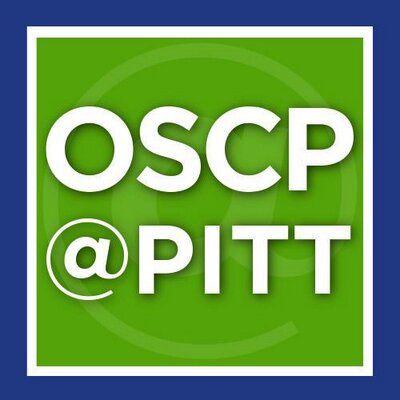Greene, Stephen R
(2008)
Visions of a "Musical America" in the Radio Age.
Doctoral Dissertation, University of Pittsburgh.
(Unpublished)
Abstract
In the United States during the 1920s and 1930s a loose-knit group of activists promoting what they called good music encountered the rise of commercial radio. Recognizing a tremendous resource, they sought to enlist radio in their cause, and in many ways were successful. However, commercial radio also transformed the activists, subverting an important part of their vision of a musical America: widespread preference for good music in the public at large. Instead, good music became the premium product line of commercial radio and the activists became more nearly realistic about their role in society. Charles Seeger offered a scholarly history of this effort in his 1957 paper, "Music and Class Structure in the United States." This dissertation uses the model of cultural formation from Seeger's essay as a guide to the transformation of those he calls "'make-America-musical' missionaries," between 1918 and 1935. In addition this study uses theories on community presented by Thomas Bender in Community and Social Change in America, and theories on democracy presented by Robert H. Wiebe in Self-Rule: A Cultural History of American Democracy, to further illuminate Seeger's model. Views expressed by representatives of the National Federation of Music Clubs, described by Karen J. Blair as "the largest and most influential organization uniting women's musical societies," and by conductor Walter Damrosch, who served on the NBC Advisory Panel, occupy central places in this study, as does the publication Musical America, an omnibus music periodical founded in 1898 by British émigré John C. Freund for the stated purpose of "development of music in America." Reports in Musical America, together with proceedings of the federation and of Music Teachers National Conference, and a series of books published under the auspices of the federation from 1924-29 to train music club members, function as core sources. These reveal the transformation of these activists from their expansive speculation in the years following the Great War, through a period of resistance to trends in the larger culture that peaks in the middle of the 1920s, to their accommodation and enthusiastic acceptance of commercial radio as a home for good music.
Share
| Citation/Export: |
|
| Social Networking: |
|
Details
| Item Type: |
University of Pittsburgh ETD
|
| Status: |
Unpublished |
| Creators/Authors: |
|
| ETD Committee: |
|
| Date: |
30 October 2008 |
| Date Type: |
Completion |
| Defense Date: |
30 April 2008 |
| Approval Date: |
30 October 2008 |
| Submission Date: |
7 August 2008 |
| Access Restriction: |
No restriction; Release the ETD for access worldwide immediately. |
| Institution: |
University of Pittsburgh |
| Schools and Programs: |
Dietrich School of Arts and Sciences > Music |
| Degree: |
PhD - Doctor of Philosophy |
| Thesis Type: |
Doctoral Dissertation |
| Refereed: |
Yes |
| Uncontrolled Keywords: |
acculturation; advertising; amateurism; American musical style; business ideology; CBS; commercialism; commodification; common man; Daniel Gregory Mason; democracy; M.T.N.A.; make America musical; mass marketing; MTNA; music business; musical missionaries; N.F.M.C.; nationalism; NFMC; Nineteenth Century; program music; Progressivism; pure music; railroads; rural; social history; sub-acculturation; Theodor Adorno; Twentieth Century; urban; W. J. Henderson; Westminster Choir School |
| Other ID: |
http://etd.library.pitt.edu/ETD/available/etd-08072008-120950/, etd-08072008-120950 |
| Date Deposited: |
10 Nov 2011 19:58 |
| Last Modified: |
15 Nov 2016 13:48 |
| URI: |
http://d-scholarship.pitt.edu/id/eprint/8969 |
Metrics
Monthly Views for the past 3 years
Plum Analytics
Actions (login required)
 |
View Item |








